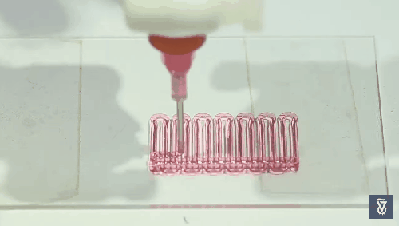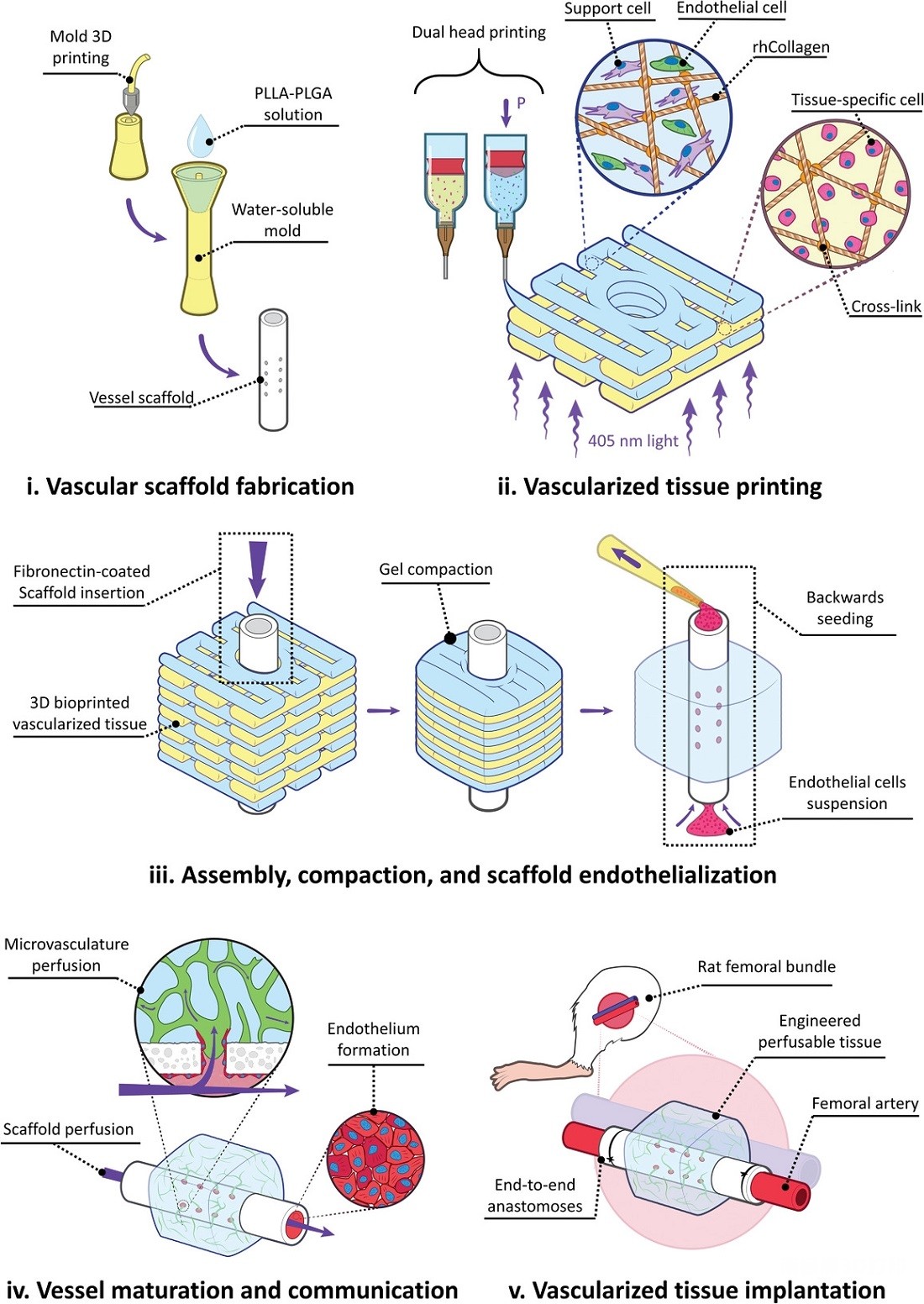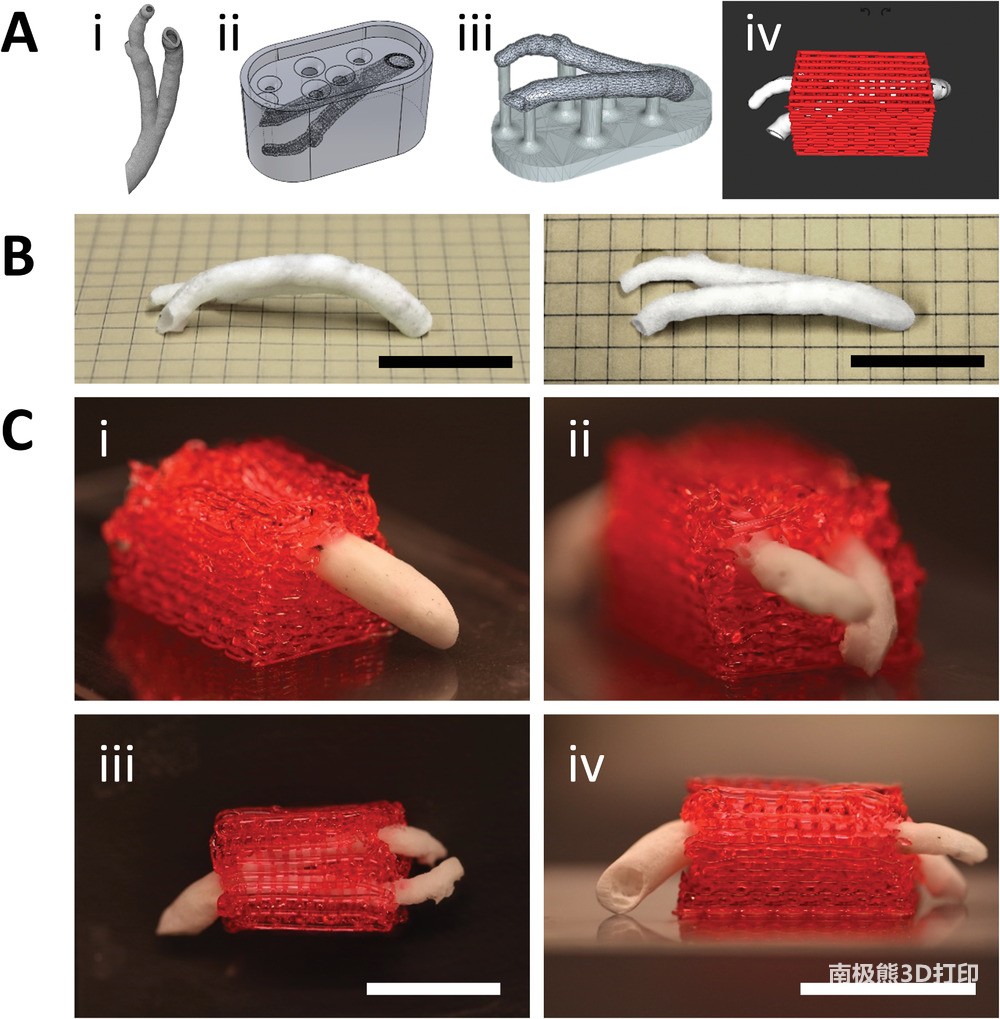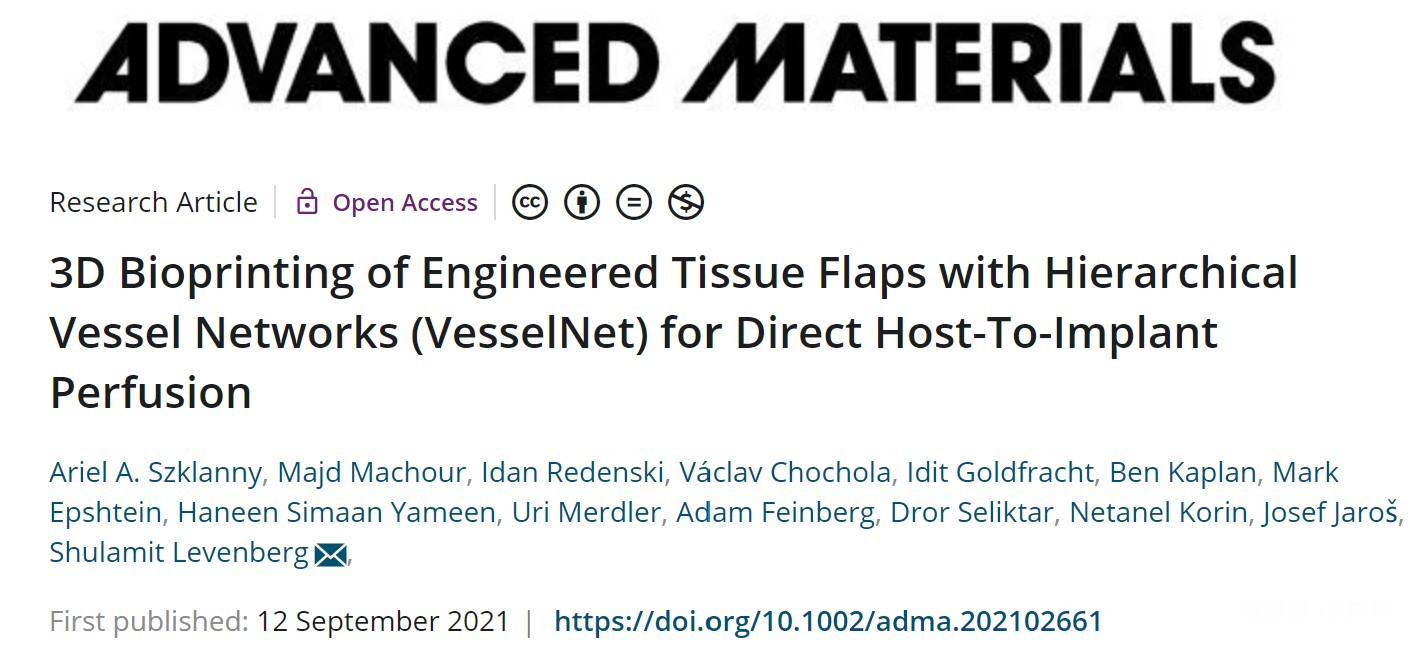This breakthrough has the potential to eliminate the intermediate steps of transplanting tissue to the patient’s healthy limbs, allowing it to be penetrated by the body’s blood vessels, and then transplanting it to the affected area.3D printingVascular can also provide more customized services for patients and help reduce
Implants
The risk of rejection.
3D printingVascular network
He first3D printingA polymer stent was created to mimic the size and shape of large blood vessels. The stent is printed in the form of a hollow tube with openings on the side to allow smaller blood vessels to attach.Unlike previous studies that used animal collagen to form scaffolds, Szklanny used the
biology
The human collagen designed by the printing company Collplant is derived from the tobacco plant.


Improve rejection of allogeneic tissue transplantation
For testing3D printingFor the functional capabilities of the vascular network, the Technion-Israel Institute of Technology team transplanted the tissue structure into a rat and connected it to the animal’s femoral artery. It was found that blood can successfully flow through the transplanted tissue through the vascular network without leakage.The Technion-Israel Institute of Technology research team claimed that this research was an “important step” towards personalized medicine and proved3D bioprintingFeasibility.This technology can carry out large blood vessels of the precise size and shape required3D printing, And assembled with the tissue to be implanted.

What is important is that to be able to implant tissue with its own blood vessel network, there is no need to first implant the tissue into a healthy part of the body, so that it can be penetrated by the body’s own blood vessels, and then transplant it to the affected part. In fact, this kind of tissue can be formed from the patient’s own cells, which can also greatly reduce or even eliminate the risk of rejection of the implant by the body.
Looking to the future, the Technion-Israel Institute of Technology team will continue to evaluate the scalability and transferability of its method, and will3D printingThe blood vessel network is implanted in larger animals, such as pigs. The team also believes that their technology can open a new path to achieve patient-specific tissues suitable for transplantation and fully grown in the laboratory.

Prior to this, additive manufacturing technology has been used to create vascular mimic structures, and researchers have tried to provide alternative methods for drug development, avoiding human and animal testing, and for disease treatment.
As early as 2018, researchers from CUBoulder developed a3D printingMethod, using controlled oxygen suppression to mimic the structure and geometry of blood vessels. The purpose of the research is to create microstructures that can be customized for disease modeling.
Around the same time, bioengineers at the University of California, San Diego developed a3D bioprintingMethod to produce realistic organ tissue models containing blood vessel networks. These networks enable a breast cancer tumor to survive in vitro and form a vascularized human intestinal model.
(Editor in charge: admin)


0 Comments for “Technion researchers 3D printed the blood vessel network used for tissue implantation, which is expected to eliminate the risk of transplant rejection”